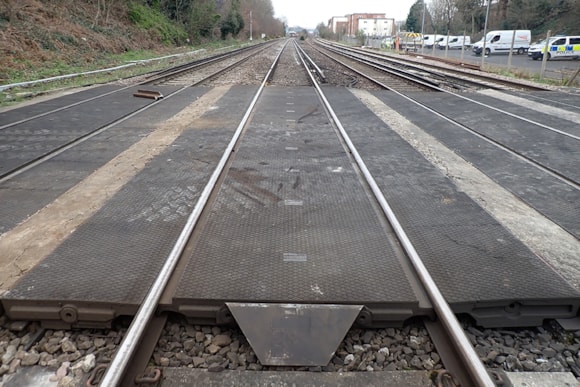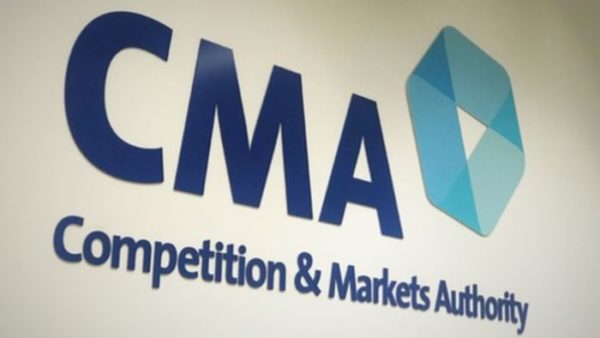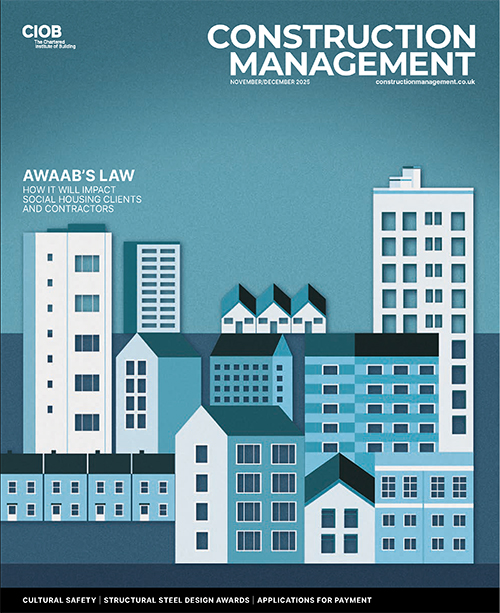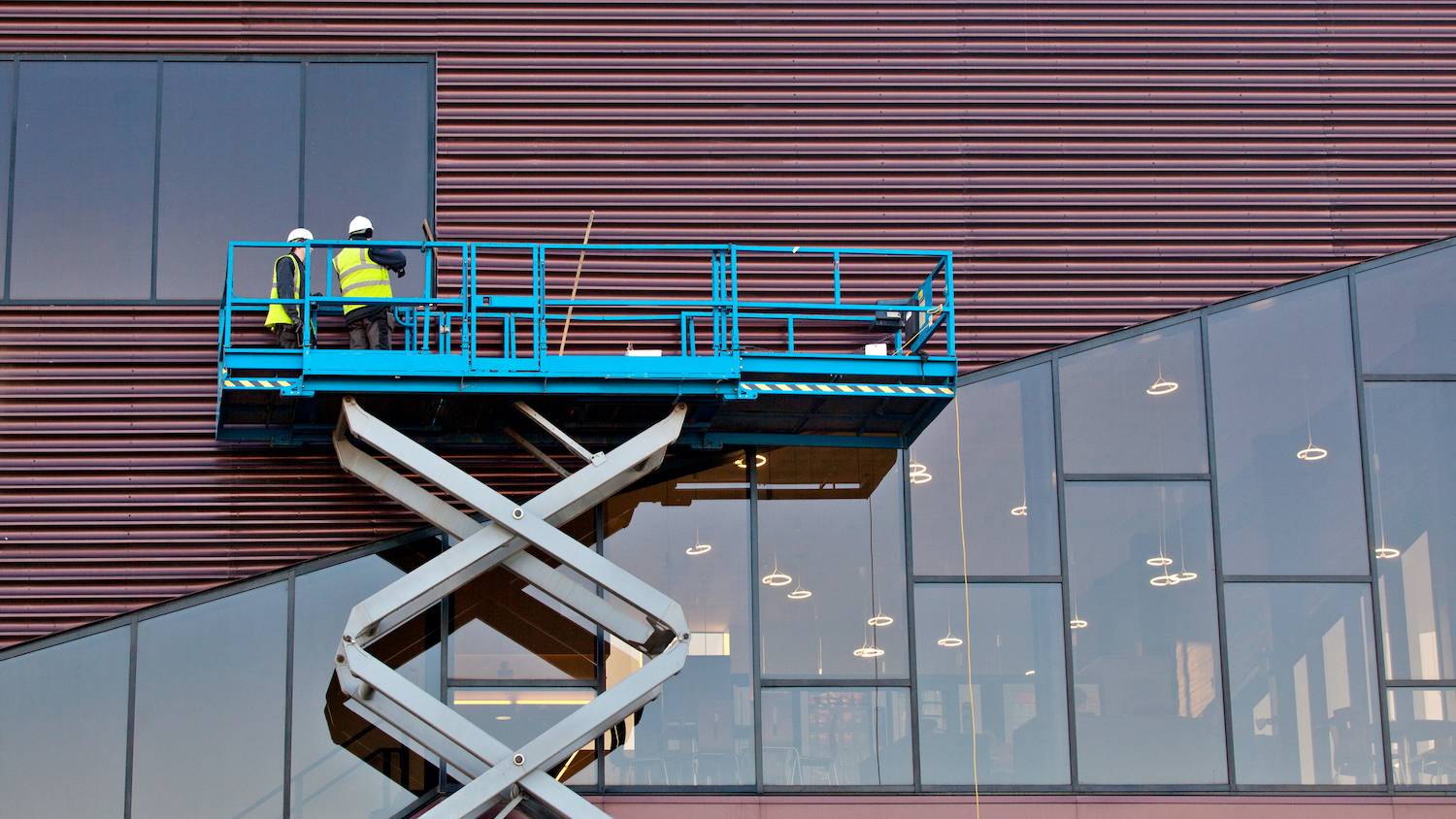
A train derailment in Surrey last year was caused by maintenance workers leaving a redundant rail across the tracks.
A Rail Investigation Accident Branch (RAIB) investigation found that the passenger train struck the rail near Walton-on-Thames at around 05:40 on 4 March 2024, when travelling at 85mph. The front coach derailed, and the train came to a stop around 500m beyond the point of derailment.
RAIB said the redundant rail had inadvertently been left there by a Colas team that had completed work in the area over the previous weekend.
“Checks undertaken after the work was completed did not identify that a section of redundant rail was in a potentially hazardous position before the railway was handed back for normal operation,” RAIB’s report said. “This was because no person in charge had supervised the work and because a track handback engineer had not been effectively briefed as to what work had been undertaken before they inspected the track.”
RAIB found that the arrangements in place for planning and delivering the work did not effectively manage the risk of a section of rail being left ‘foul’ of the running line. It also found that the process for inspecting the railway after the work was completed did not provide staff with clear guidance on which areas should be checked.
Additionally, it said the relevant railway rules and standards do not clearly define the roles and responsibilities required to safely deliver work on complex work sites like the one involved in the accident.
Recommendations
RAIB has made two recommendations. The first is for Colas Rail (in consultation with Network Rail), to review its processes related to collecting redundant material when working on or near the line.
The second is that Network Rail (in consultation with the Rail Safety and Standards Board) should review the rules and standards relating to how tasks delivered in complex work sites should be coordinated and supervised. It should also create a coherent process for confirming that the line is safe for the passage of trains after work is complete.
RAIB also identified two learning points. The first reinforces the importance of infrastructure maintainers arranging adequate site lighting. The second concerns the importance of railway organisations ensuring that guidance material relating to superseded standards is removed from resource libraries when new standards are issued.
Urgent safety advice issued
Andrew Hall, chief inspector of rail accidents, said: “Following a passenger train striking redundant rail on the track in 2018, RAIB issued urgent safety advice to Network Rail regarding the safety of the line after engineering work.
“Since this advice was issued, RAIB has examined a number of further accidents caused by objects, including temporary road-rail access points and a trolley being left on the track after the completion of maintenance work. These accidents caused damage to the railway infrastructure, the trains involved and resulted in temporary closures to the affected lines.
“This most recent accident at Walton-on-Thames resulted in a passenger train derailing at speed. Although no one was hurt on this occasion, the train could easily have deviated from the line of the track and struck other trains or objects.
“Maintenance work is often carried out at night, which makes ensuring the line is subsequently safe for the passage of trains particularly challenging. The risk is very clear. Unfortunately, this accident happened because that risk was not effectively managed. This, following other similar recent incidents, should serve as a stark reminder of the importance of effectively managing the risk of objects being left on the track after overnight maintenance.”
Comments
Comments are closed.












I would question not just the risk not being effectively managed but also the training these maintenance workers undergo. This is simply not acceptable especially after recent similar incidents. A checklist to tick off is simpler than overly complicated online manuals of standards.